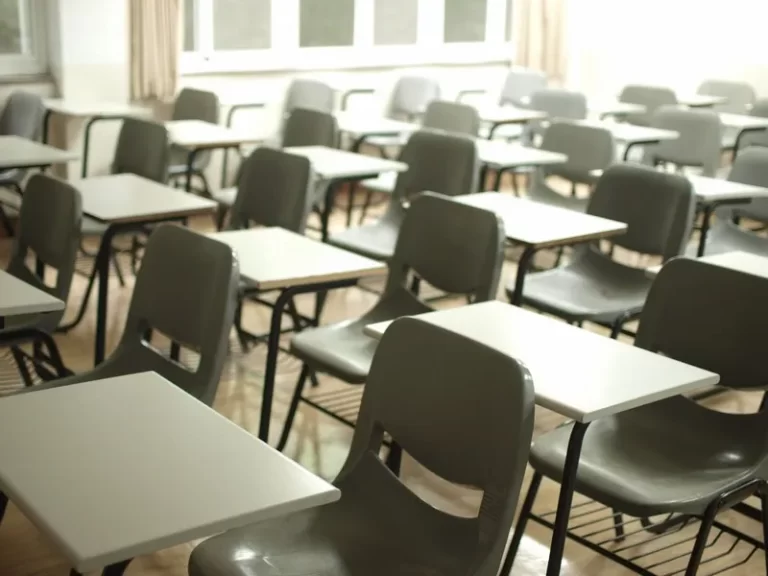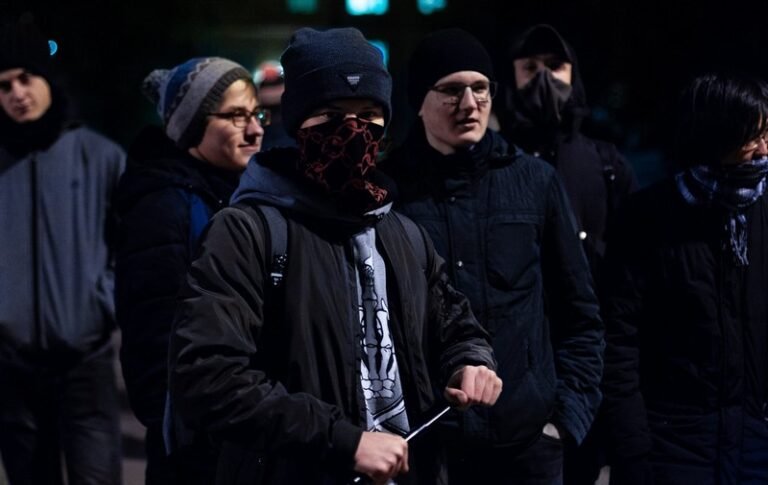Table of Contents
- Introduction
- Understanding Educational Inequality and Strain
- Limited Access to Resources and Its Impact on Strain
- Differential Treatment and Strain
- Systemic Inequality and Deviant Coping Mechanisms
- Addressing Educational Inequality and Reducing Strain
- Conclusion
Introduction
Strain Theory, initially developed by sociologist Robert K. Merton, provides a foundational framework for understanding how societal pressures influence individual behavior, particularly deviant actions. The theory suggests that when individuals face barriers to achieving culturally endorsed goals, they experience strain or frustration. When legitimate means to achieve these goals are inaccessible, individuals may resort to deviant coping mechanisms as a way to navigate or resist their circumstances.
In the context of education, Strain Theory helps us understand how disparities within the school system contribute to stress and deviant behavior among students. Educational inequality manifests through limited access to resources, differential treatment based on socioeconomic status or background, and systemic structures that perpetuate unequal opportunities. These inequities generate strain among students, some of whom turn to coping mechanisms like academic dishonesty, school disengagement, or even dropping out. This article explores how Strain Theory applies to educational inequality, examining the various ways that disparities in education foster strain and shape deviant responses among students.
Understanding Educational Inequality and Strain
Educational inequality refers to the disparities in educational resources, opportunities, and outcomes that different groups experience. Factors contributing to these disparities include socioeconomic background, race and ethnicity, geographic location, and school funding. Students in under-resourced schools, for example, often face significant challenges, such as a lack of qualified teachers, inadequate learning materials, and overcrowded classrooms. These conditions create a substantial gap between the educational opportunities available to privileged and marginalized students.
According to Strain Theory, these structural barriers create a sense of frustration and strain among students who are aware of societal expectations but lack the means to achieve them through socially approved channels. For many students, success in school is linked to broader goals, such as economic stability and social mobility. When the school system fails to provide equal resources and support, students may feel that their path to these goals is obstructed, prompting some to seek alternative, often deviant, means of coping with the strain.
Limited Access to Resources and Its Impact on Strain
Inequities in School Funding and Resources
One of the most significant sources of educational inequality is the disparity in school funding, which directly affects the quality of education students receive. In many countries, schools are funded through local taxes, meaning that schools in affluent areas typically receive more financial resources than those in low-income neighborhoods. This funding gap leads to disparities in classroom facilities, technology, extracurricular activities, and even teacher qualifications. Students in underfunded schools may lack access to essential resources, such as updated textbooks, laboratory equipment, or advanced coursework.
When students are aware of these resource limitations, they may experience a form of strain stemming from the knowledge that their education is substandard compared to that of their peers in wealthier communities. Strain Theory explains how this frustration with resource inequity can lead students to engage in deviant behaviors as a means of coping. For instance, a student who lacks access to a well-equipped library or tutoring services might turn to academic dishonesty, such as cheating on exams, to compete with peers who have greater resources. In this way, resource disparities contribute to an environment where deviant behavior becomes an alternative way to achieve success.
Technology and Digital Divide
The rise of digital learning has further exacerbated educational inequality, with access to technology becoming a critical factor in student success. The digital divide—the gap between those who have access to modern information and communication technology and those who do not—significantly impacts students from low-income backgrounds. In many cases, students without access to high-speed internet, personal computers, or digital learning tools are at a disadvantage, especially as more schools integrate online resources into the curriculum.
The strain caused by the digital divide can push students toward disengagement, as they may feel unable to keep up with their peers who have better access to technology. This disparity may lead to deviant responses, such as bypassing online assignments or dropping out if they feel overwhelmed by the technological barriers. Strain Theory helps explain how students in technologically disadvantaged environments experience added frustration, feeling excluded from the educational opportunities that are more accessible to their peers.
Differential Treatment and Strain
Teacher Expectations and Bias
Another source of strain within the educational system is the differential treatment of students based on factors such as socioeconomic status, race, or perceived academic ability. Teachers’ expectations and biases can have a profound effect on student performance and self-esteem. Research has shown that teachers sometimes hold lower expectations for students from marginalized backgrounds, which can lead to a self-fulfilling prophecy where students internalize these low expectations and disengage from academics.
According to Strain Theory, students who experience this form of bias may feel that the educational system is inherently unfair, prompting them to reject the norms and expectations of school. This rejection can manifest as deviant behavior, such as truancy, disruptive behavior, or academic dishonesty. When students perceive that they are being unfairly judged or treated differently based on their background, they may feel alienated from the school system, leading to strain-induced deviance as a means of asserting their identity or resisting perceived injustice.
Racial and Ethnic Disparities
Racial and ethnic disparities within the educational system further illustrate how differential treatment generates strain. Students from minority backgrounds often face discrimination, stereotyping, and lower levels of support, which can contribute to an environment of alienation and frustration. In schools where diversity is limited or where cultural biases are prevalent, students from racial or ethnic minority groups may feel isolated, misunderstood, or even targeted.
The strain associated with racial or ethnic discrimination can lead to various forms of deviant behavior, from acting out in class to disengaging from school altogether. Strain Theory suggests that these behaviors may be coping mechanisms in response to the unique pressures that minority students face within the school system. By analyzing deviance as a reaction to strain caused by racial and ethnic inequality, we gain a deeper understanding of the challenges these students encounter and the ways they navigate an inequitable system.
Systemic Inequality and Deviant Coping Mechanisms
Academic Dishonesty as a Response to Strain
Get the full article AD FREE. Join now for full access to all premium articles.
View Plans & Subscribe Already a member? Log in.





